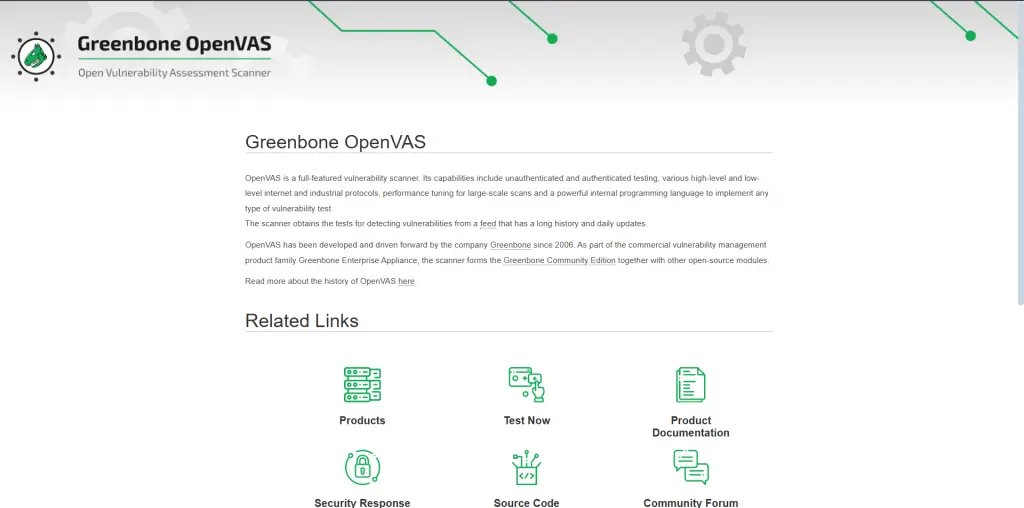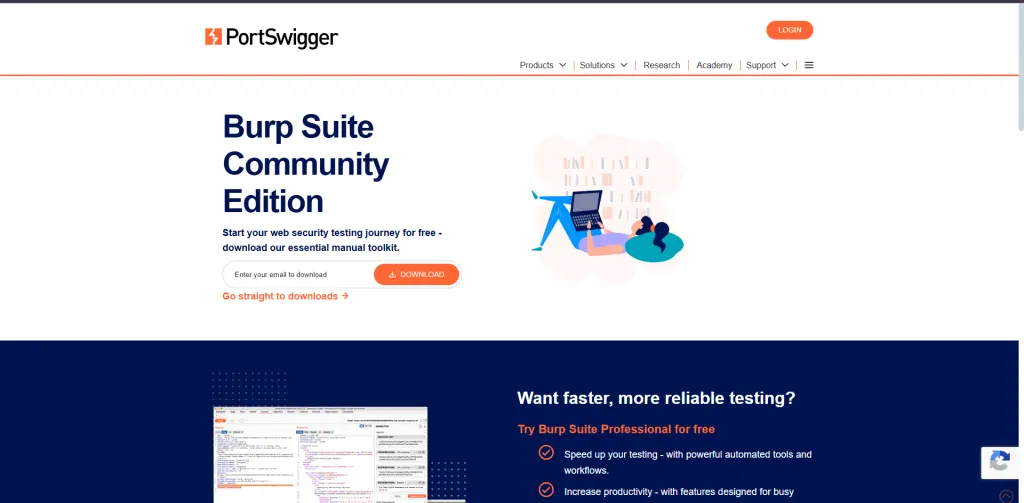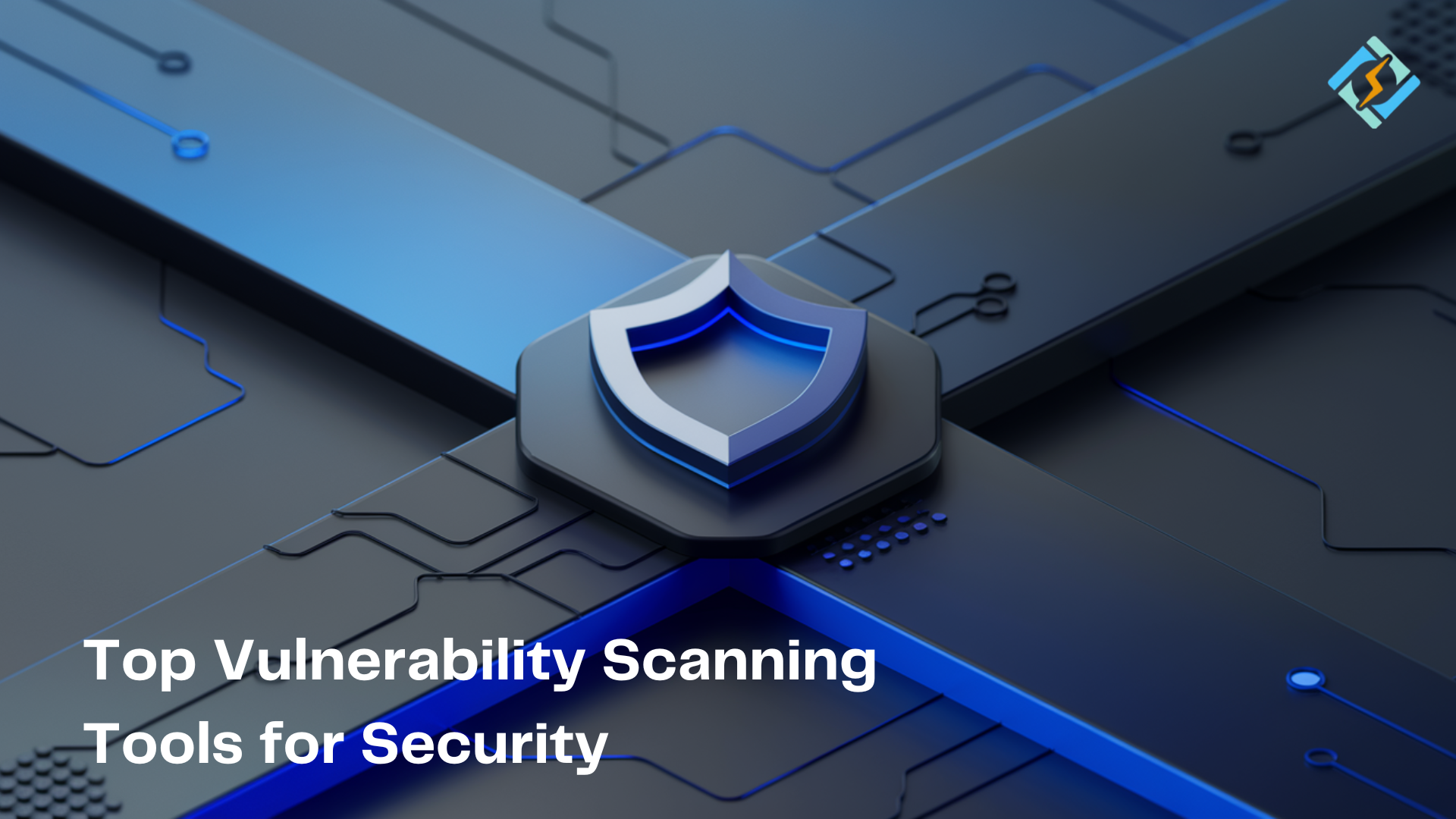In this digital world, danger is always lurking in the form of cyber threats. Cybersecurity measures must, therefore, be very strong. At the forefront of all these defenses lie vulnerability scanning tools, essential allies in the ongoing battle against cybercrime. These software solutions scan systems, networks, and applications and examine minute vulnerabilities that may be exploited for malicious purposes.
It will help organizations find vulnerabilities that, in most cases, would not have been targeted or reached at this stage to enable them to understand weaknesses that give businesses powers to tighten up the loopholes created in defense. Because cybersecurity threats change every day in complexity, it’s gone from simple scanning through vulnerability management including assessing the potential risk of violation, achieving compliance, and even the act of rectifying those holes.
In this guide, we’ll discuss some of the types of vulnerability scanning tools along with their benefits and best practices when implementing these tools. Whether you have a small, medium, or large-sized business, you should know the importance of vulnerability scanning tools and how to navigate effectively in the cyber world so as not to expose your organization to future threats. Let us explore together the important details that show vulnerability scanning’s transformation into your security posture.
What Are Vulnerability Scanning Tools?
Vulnerability scanning tools are specialized software applications developed to systematically assess systems and networks for security weaknesses. They help organizations identify vulnerabilities that malicious actors might exploit, thereby enabling proactive remediation before an incident occurs. The use of vulnerability scanning tools has become a foundational aspect of comprehensive cybersecurity strategy.
Key Functions of Vulnerability Scanning Tools
Identify vulnerabilities: This helps to scan the systems and the network for known vulnerabilities, and also misconfigurations that attackers might use.
Check your security posture: Scanned vulnerability will help you and the organizations understand the comprehensive posture of security, understand how good or bad that might be, and note where improvements are required.
Get exclusive access to all things tech-savvy, and be the first to receive
the latest updates directly in your inbox.
Compliance with the regulation: Various regulations do have strict requirements relating to the protection of the data. Vulnerability scans comply with standards such as PCI DSS, HIPAA, and GDPR.
Risk Prioritization: Most vulnerability scanning tools will provide vulnerability ratings so an organization knows what to pay attention to first. Reports and Documentation: The reports from the vulnerability scanning tools present an organization with the ability to learn more about the vulnerabilities and remediations at hand.
Types of Vulnerability Scanning Tools
Vulnerability scanning tools can be classified on the basis of functionality and type of deployment. Knowledge of these classes can enable an organization to select the appropriate tool based on its requirements.
1. Network Vulnerability Scanners
Network Vulnerability Scanners scan for vulnerabilities in network devices, servers, and services. They scan open ports, active services, and known vulnerabilities related to these services. Some notable ones are:
Nessus: A commercial vulnerability scanner that offers comprehensive scan possibilities and highly customizable reports.
Qualys: A cloud-based option to run on a large-scale platform providing continuous scanning coupled with monitoring and reporting regarding various vulnerabilities.
2. Web Application Vulnerability Scanners
These scan particular kinds of vulnerabilities associated with a web application, mainly relating to SQL injections and XSS as well as any wrong or insecurely configured settings. Such include:
OWASP ZAP: The open-source web application scanner is widely used for complete testing features.
Burp Suite: The tool, which is powerful enough to offer detailed assessments by security professionals, is quite useful.
3. Database Vulnerability Scanners
Database vulnerability scanners are specific to analyzing the security of database systems. They look for problems in the configuration of outdated software and potential SQL injection points. Some of them include:

IBM Guardium: A comprehensive database security product that includes vulnerability scanning.
SQL Vulnerability Assessment: A feature of Microsoft Azure SQL Database that helps find vulnerabilities in SQL Server databases.
4. Host-based Vulnerability Scanners
These scanners run on host systems, scanning their configurations, installed software, and compliance with security policies. Examples include:
OpenVAS: An open-source tool for vulnerability scanning that gives extensive coverage and customization.
Microsoft Baseline Security Analyzer: This is aimed at assessing the state of Windows systems security, providing the vulnerabilities.
5. Cloud Vulnerability Scanners
The past decade has witnessed a specific type of tool coming into this type of scanning in those systems being deployed by the services of cloud computing. Scanning of configurations as well as checks on the level of access controls done at the Cloud. Examples can be seen in tools some of which are enlisted here are:
Prowler: This is open-sourced, an AWS security tool that centers and best-practice compliance in operation.
CloudCheckr: It is an all-inclusive cloud management platform that features scanning for vulnerabilities.
Advantages of Vulnerability Scanning Tools
The use of vulnerability scanning tools contributes to giving organizations the required speed to strengthen their cybersecurity.
1. Proactive Approach to Managing Vulnerabilities
This is because scanning for vulnerabilities makes organizations proactive in terms of security measures. Institutions continuously scan their systems to look out for vulnerabilities that might have fallen into attackers’ access, a factor that places an institution at a secure point. This proactive strategy also enhances vulnerability management, ensuring that identified weaknesses are systematically tracked, prioritized, and remediated before they can be exploited.
2. Strengthening Risk Management
An organization can buy manageable security risks by being aware of its vulnerabilities and assessing the potential impact. Vulnerability scanning tools provide insights to rectify vulnerabilities concerning the potential damages that might be devastating.
3. Time and Cost Efficiency
Manual vulnerability scanning is very time-consuming as well as resource-intensive. Vulnerability scanning tools save an organization a lot of time by automating the scan process, allowing it to channel its resources more meaningfully. This is, therefore, very important for organizations with limited IT staff.
4. Increased Awareness of Security
These scanning tools produce reports that will be of invaluable information throughout the organization. Thus, organizations can promote security consciousness among employees by promoting vulnerability awareness and implications.
5. Regulatory Compliance and Audit Readiness
Vulnerability scans enable organizations to achieve and maintain regulatory compliance and standards. Many of the regulatory requirements have a periodic assessment of security controls, and vulnerability scanning tools are therefore crucial for compliance and audit readiness.
Vulnerability Scanning Tools Free
For those companies with lesser budgets, there are lots of free vulnerability scanning tools that can be used for the same purposes. Here are a few of the most known ones:
1. Nmap

Nmap – Network Mapper is an all-powerful, open-source network exploration and security-scanning tool. It would help network administrators discover devices attached to a network, identify what hosts are active, and perform a scan for open ports and running services, while not being a vulnerability scan tool per se, enabling users to find possible vulnerability issues through its scripting support. It is widely used by penetration testers to get unauthorized devices and to do network topology mapping. Nmap is very versatile, and it is an application that has a command-line interface and runs on most operating systems. It is therefore an essential tool for security assessment and vulnerability detection.
2. OpenVAS

OpenVAS is an open-source vulnerability scanner that assists in the identification of security flaws in networks and systems. It comes with a full suite of scanning tools, which identify weak spots such as outdated software or misconfigurations. The scans can be customized as per the needs of users. It provides detailed reports to help in prioritizing remediation activities. Many security experts use it and it is very useful in scanning both on-premises and cloud-based infrastructures for their security level. OpenVAS is a robust tool for anyone who will be scanning for vulnerabilities and doing security audits.
3 Nikto

Nikto is an open-source web server scanner that is intended to find potential security flaws in a web server. It detects vulnerabilities such as out-of-date software, missing patches, and misconfiguration, which can leave a server exposed. Although very simple to use via the command line, it is effective at detecting common web-based attacks, including SQL injection and XSS. Nikto scans a variety of servers, allowing for rapid analysis of the security posture of a server. This tool is elemental for web admins and pen testers trying to make the web server as secure as possible, making it as unexploitable as possible.
4. Qualys

Qualys offers cloud-based services for vulnerability management and security of the web. Its free version allows scanning up to 16 IP addresses for primary detection of vulnerabilities of small networks. Qualys scans common security issues in the form of missing patches and misconfigurations. It is known for the fact that it offers detailed reports, which help organizations identify their vulnerabilities and stay compliant. Although the free version is limited, it’s a good starting point for anyone looking to do some basic security assessments.
5. Burp Suite Community Edition

Burp Suite Community Edition is a widely used tool for web application security testing. This allows the users to intercept HTTP/S traffic, analyze the requests, and manually test the vulnerability. Penetration testers widely use this tool in their activities and use it for discovering such vulnerabilities as SQL injection and XSS. This edition gives the basic tools for securing web applications, and thus it is most suitable for beginners in the field of web security testing.
Best Practices for Successful Vulnerability Scanning
Organizations need to adopt best practices for effective vulnerability scanning, including:
1. Development of a Schedule to Scan Vulnerabilities Regularly
The schedule should be regular so that an organization identifies new vulnerabilities discovered and addresses them in time. The schedule can vary according to the size of the organization and the tolerance level; it may scan every week, month, or quarter.
2. Integrate Vulnerability Scanning Into The Development Lifecycle
Primarily, it is very crucial for organizations practicing DevOps to integrate vulnerability scanning tools into the software development lifecycle. This means during the early stages of development identified vulnerabilities are rectified in such a way that the chances of deploying vulnerable applications are as minimal as possible.
3. Prioritization of Vulnerabilities for Remediation
All vulnerabilities are not equal in risk amount. The remediation activity should be prioritized according to the severity so that high-risk vulnerabilities are addressed first.
4. Recording Vulnerability Findings and Remediation Activities
The findings of vulnerabilities and activities of remediation need to be recorded in a book or any other way by which the progress and answerability can be done properly. Ticketing systems would help in recording such events.
5. Security awareness education
Ensure all staff understands the scope and impact of the scans along with responses in the case of identifying vulnerabilities it enhances diminishing human-error-related breaches of security.
6. Consumption of Threat Intelligence
Integration of threat intelligence feeds can be enhanced with vulnerability scanning tools. This way, the organization will be better equipped to prioritize and remediate vulnerabilities with external data related to emerging threats and vulnerabilities.
The Role of CyberPanel in Enhancing Security with Vulnerability Scanning Tools

CyberPanel is an open-source web hosting control panel. It helps the administrator significantly in managing server security, thereby protecting the web applications. Even though it’s a hosting and managing platform for websites, its ability to protect data and systems increases with integrated security tools. Here is how CyberPanel contributes to security:
Integration with Security Tools: CyberPanel can be integrated with many security tools and scanners to help detect vulnerabilities in hosting environments.
Regular Software Update: The software cannot remain static; it has to be updated regularly. The main components of a server can be easily updated using features like OpenLiteSpeed PHP, and MySQL offered by CyberPanel.
Firewall Management: Other security features of CyberPanel include built-in firewalls, which prevent unauthorized access into and potential vulnerabilities of the system.
Monitoring and Alerts: The monitoring of activities of the servers by CyberPanel dashboard users will allow them to be alerted beforehand of suspicious activities, which may indicate a security problem.
FAQs About Vulnerability Scanning Tools
1. What are vulnerability scanning tools?
Vulnerability scan tools determine how systems, networks, and applications can be exploited for remediation before being exploited.
2. Are free versions of vulnerability scanning tools available?
Yes, many free versions of vulnerability scanning tools exist which have a good scanning strength. Examples include OpenVAS, Nmap, and OWASP ZAP.
3. How often should organizations perform vulnerability scans?
The answer to how frequently an organization should perform a vulnerability scan depends on their risk tolerance and compliance requirements, but for most business organizations, weekly, monthly, or quarterly runs are recommended.
4. Does vulnerability scanning replace penetration testing?
No, though a vulnerability scanning tool is excellent in identifying known vulnerabilities, penetration testing involves a much broader, more comprehensive, manual search for security weaknesses.
5. What types of vulnerabilities will scanning tools detect?
The scanning tools can detect misconfigurations, open ports, outdated software, weak passwords, and common web application vulnerabilities such as SQL injection and cross-site scripting (XSS).
6. How does CyberPanel support vulnerability scanning?
It supports security by allowing integrations of third-party security tools, regular updates and monitoring, and firewall management to prevent potential vulnerabilities from occurring.
Protect Your Digital Assets-Use Vulnerability Scanning Tools Today
To sum up, in the current cyber threat, sophisticated vulnerability scanning tools will have to be protected in order to secure your business’s digital environment. This will discover and fix the security weaknesses that keep the systems intact and compliant. Whether using free or paid solutions, you can use these to improve your cybersecurity overall.
CyberPanel allows supporting tool integration features with intrinsic security. It will make it possible to develop the right strategy for enhancing your server security.
Don’t wait until too late. Use vulnerability scanning tools today, securing the systems, staying ahead, and protecting the business as you increase the tools—making the defense strong today!



